
On Tuesday, the USS. Texas was moved from her 18-month refit on a Gulf Copper dry dock in Galveston to a water dock at the same shipyard for interior and deck repairs. One of the most important restorations will be restoring the ship’s pine deck to its original historical specifications. They will also be renovating the interior, such as the restrooms, which would be a plus if you’re going to be a museum ship. I added a few videos of the move on Tuesday, which I was unable to attend because I have a job most of the time, but that morning, I was at the Relaxation Station at Central Mall—because when carpal tunnel and shoulder pain become allies, you need more than Tylenol.
One recurring fodder that the Battleship Texas Foundation keeps regurgitating is that, when the ship is finished, they’ll tell you where it is going to dock. I can tell you exactly where it will be moored. And here’s an overview photo of where it will be placed in all its glory! It will be next to the Elissa at Pier 21. I don’t know why they are doing this. It’s annoying, and it looks like they’re trying to hide something. As far as I know, they plan to reopen to the public in late summer 2025. I’m going to make the call that it will be spring 2026 before a public opening is allowed. That’s okay with me. Just do things right, and come on, Texas!
Samuel Bronson Cooper was a prominent figure in the political landscape of both Texas and Washington during the late nineteenth and early twentieth centuries. Born on May 30, 1850, in Caldwell County, Kentucky, Cooper moved with his family to Woodville, Tyler County, Texas, that same year. By his early 20s, he was establishing himself as a respected lawyer. In 1871, at age 21, he was admitted to the bar, and in 1872, he began private practice. He served as prosecutor for Tyler County from 1876 to 1880, and in 1881, he was elected to the Texas Senate, where he served for four years.
As an aside, the story that interests me the most at this point is that Asa Stratton was also serving in the Texas Senate at the time. If that name rings a bell, as it should, Asa was the father of journalist Florence Stratton. I believe this was the crossroads where Florence and Samuel’s daughter Willie would eventually meet and become friends in their youth. Throw in W. P. Hobby’s living and growing up in Woodville, and we have a history in the making that I’ve spent many hours (years) researching!
In 1885, Cooper was appointed as the collector of internal revenue for the First District of Texas in Galveston by President Grover Cleveland, where he served for three years. He ran for Texas state district judge in 1888 but was unsuccessful. His political prowess wasn’t yet done. Samuel would go on to seek a higher calling.
In 1893, Samuel B. Cooper was elected to the United States House of Representatives, representing Texas’s 2nd Congressional District as a Democrat. During his tenure in Congress, Cooper championed several issues important to Texas, including agriculture, land-use policies, and transportation infrastructure. He played a significant role in securing federal funding for projects such as railroad expansion and the improvement of navigable waterways, which were vital to the state’s economic development. His tenure would end in 1905, when he lost the election to Moses L. Broocks, but his absence was brief. He would be back in the US House of Representatives in 1907 and serve until 1909. I will mention here that during this time, Sam Bronson Cooper is the reason Beaumont has a deep water port.
Cooper was nominated by President William Howard Taft for a seat on the Board of General Appraisers in May 1910. He was confirmed by the US Senate on May 24, 1910. His service was terminated by his death on August 21, 1918.
Well, those Cordray kids have done a thing and become hoteliers. If you have access to the Discovery App, then you may have seen their restoration of the Mansard House. I only mention this because the Mansard House will be open to the public for tours on March 16 and 17 from 10:00 a.m. to 4:00 p.m. each day. The cost of the tour is $25 per person. All proceeds will be donated to Restoring Galveston Together—a nonprofit that funds home repairs for local families in need! I’ll be there—how out you!
Speaking of Galveston and families in need, I can’t forget my tour of the Sealy Mansion in 2013. Magnolia Sealy was the wife of George Sealy, an entrepreneur, and she opened up the Sealy mansion during the Great Storm of 1900. Magnolia opened her doors to 200 people, giving them food and shelter when those whose homes were still standing did not. And she let them stay for a few months, while other well-to-do individuals turned their backs on Galvestonians. I put her high on my list of SETX women who made a difference for good. You don’t hear this story very often, but it’s true and it happened.
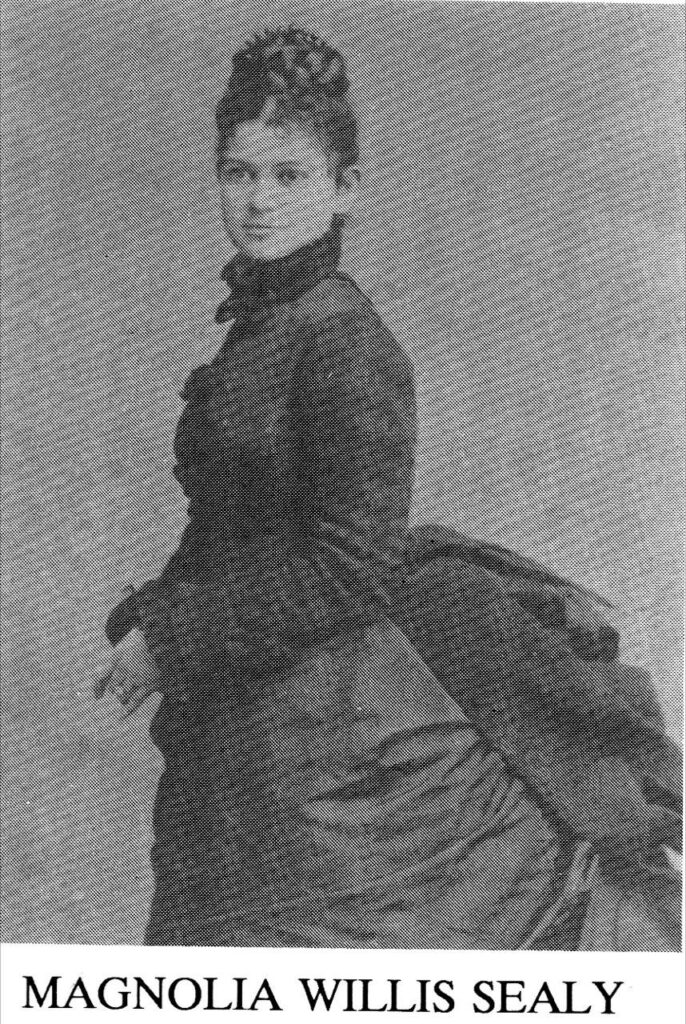
Magnolia’s story could have fit into my Friday blog for International Women’s Day, but truth be told, I wanted to go more international, and the stories I chose are actually my favorites. The Nachthexen were laughed at and dismissed by their male counterparts, yet they fought and died, achieving victory on two fronts—victory over the Wehrmacht and their Soviet male comrades.
The Trung sisters fought against Chinese tyranny. Trained by their father in military tactics, they taught peasants to fight with weapons and for their freedom. This is a unique story in the world of combat, witnessing two women instructing others to defend their land.
Boudica had no problem defending her land, especially after the Romans killed her husband. Again, the Romans dismissed her army as minimal, but they paid the ultimate price in the beginning. (Never diss this miss!)
I will also throw out the names of Jane Long (Mother of Texas) and Kate Dorman because there are no others that can size up to these Texans.
Until next week!
U.S.S. Texas—Enjoy!
Samuel Bronson Cooper:
https://en.wikipedia.org/wiki/Samuel_B._Cooper
Mansard House:
https://www.themansardhouse.com/
Jane Herbert Wilkinson Long:
https://en.wikipedia.org/wiki/Jane_Herbert_Wilkinson_Long
International Women’s Day:

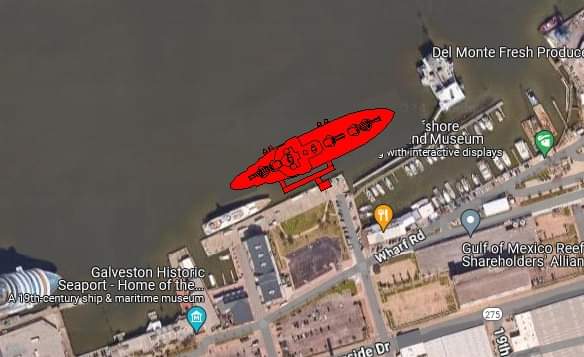
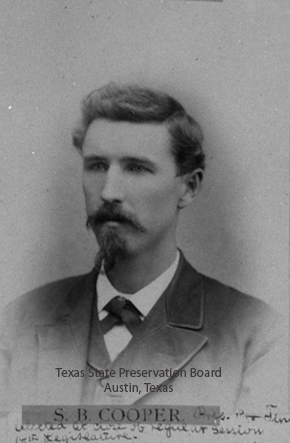

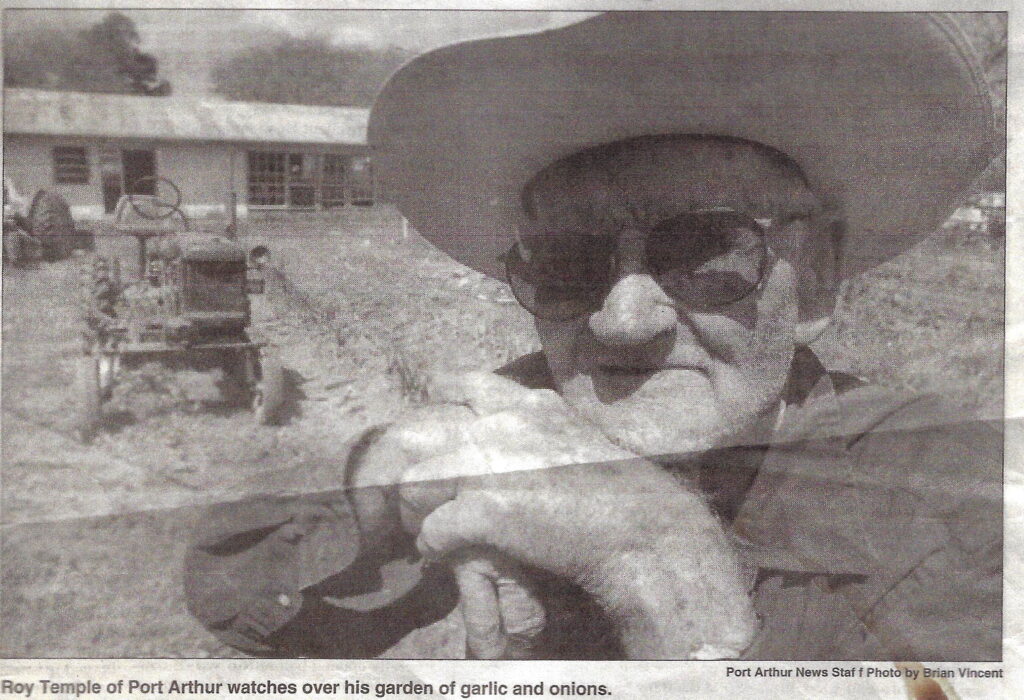
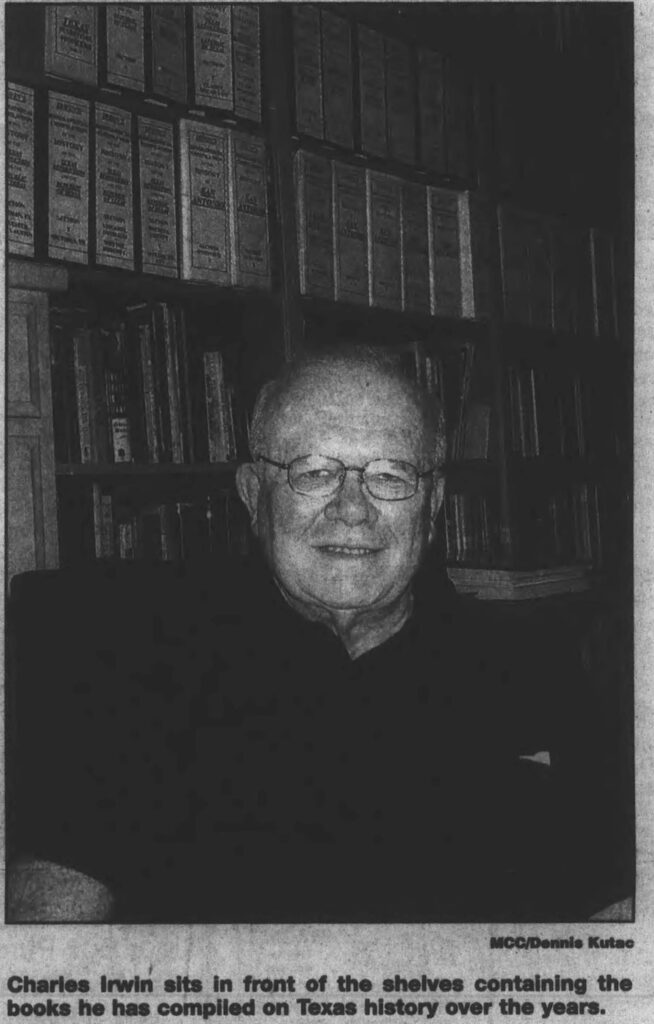
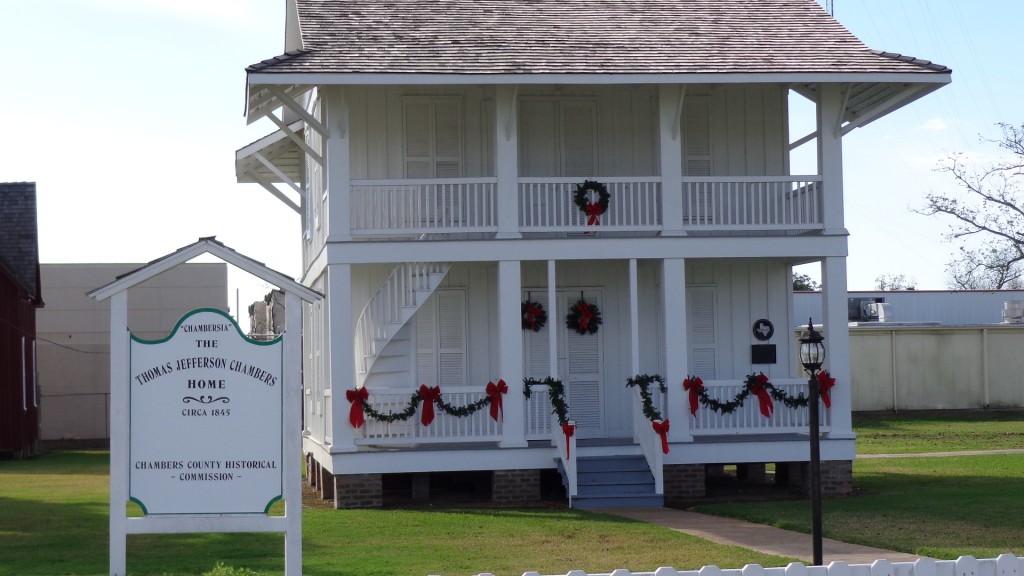
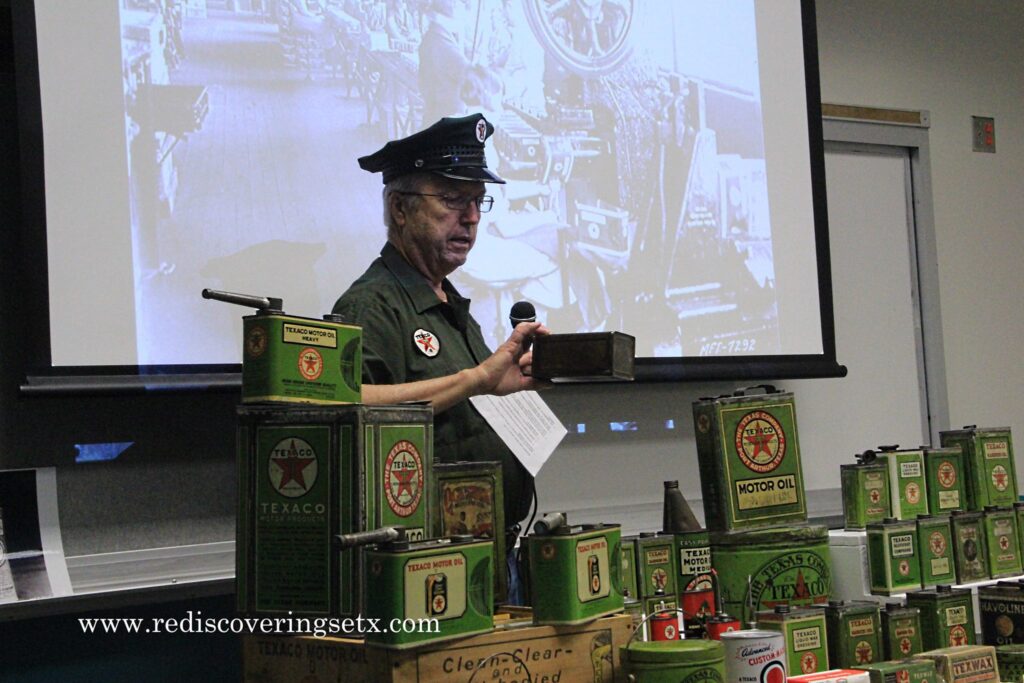
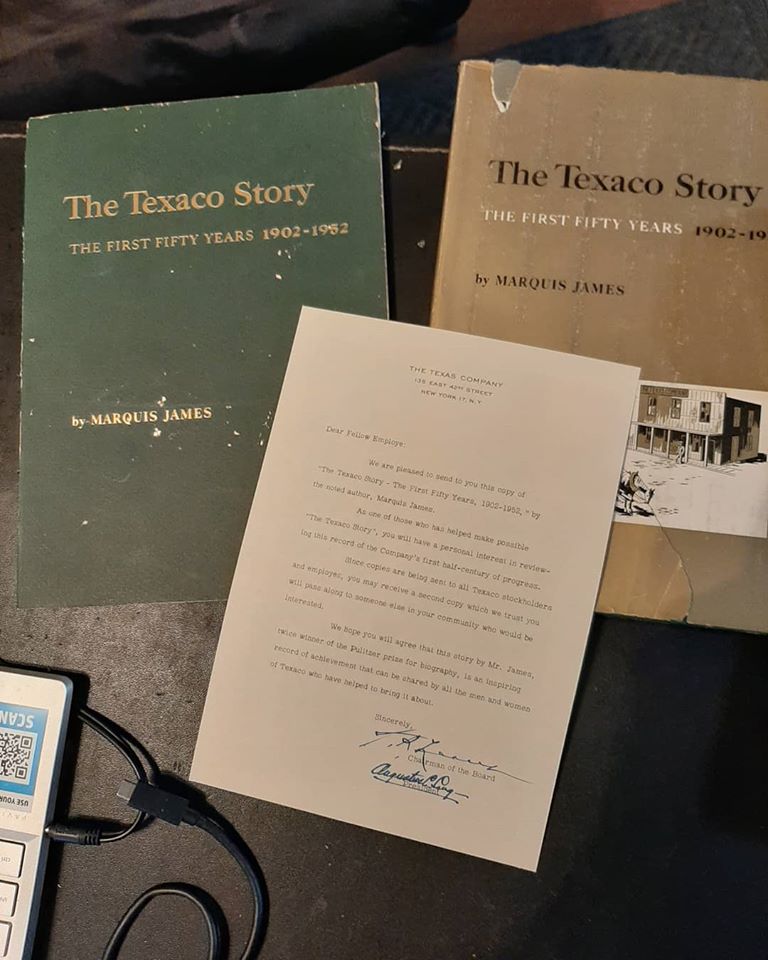
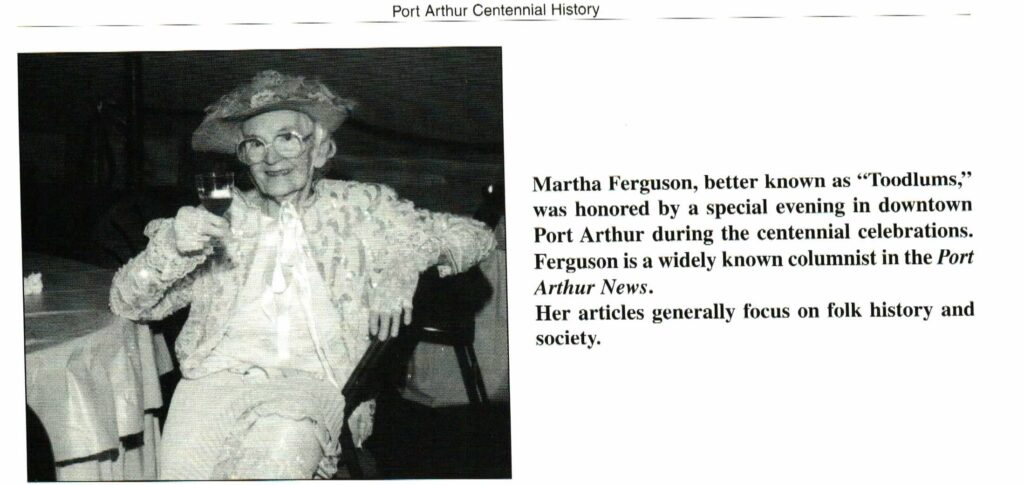
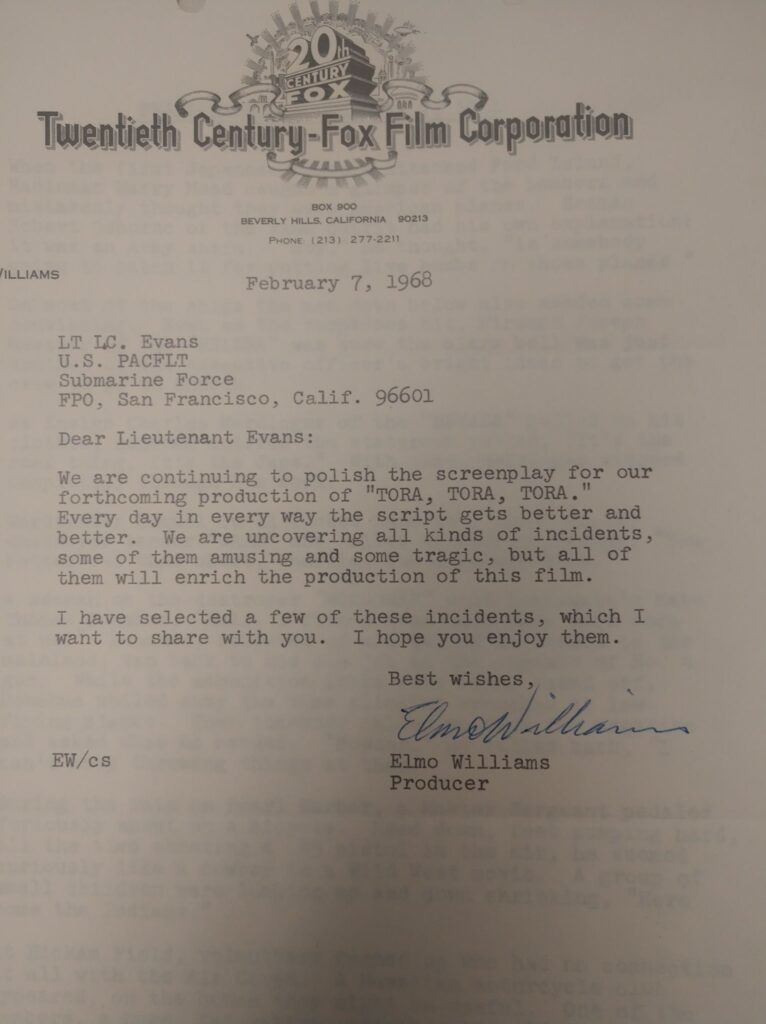
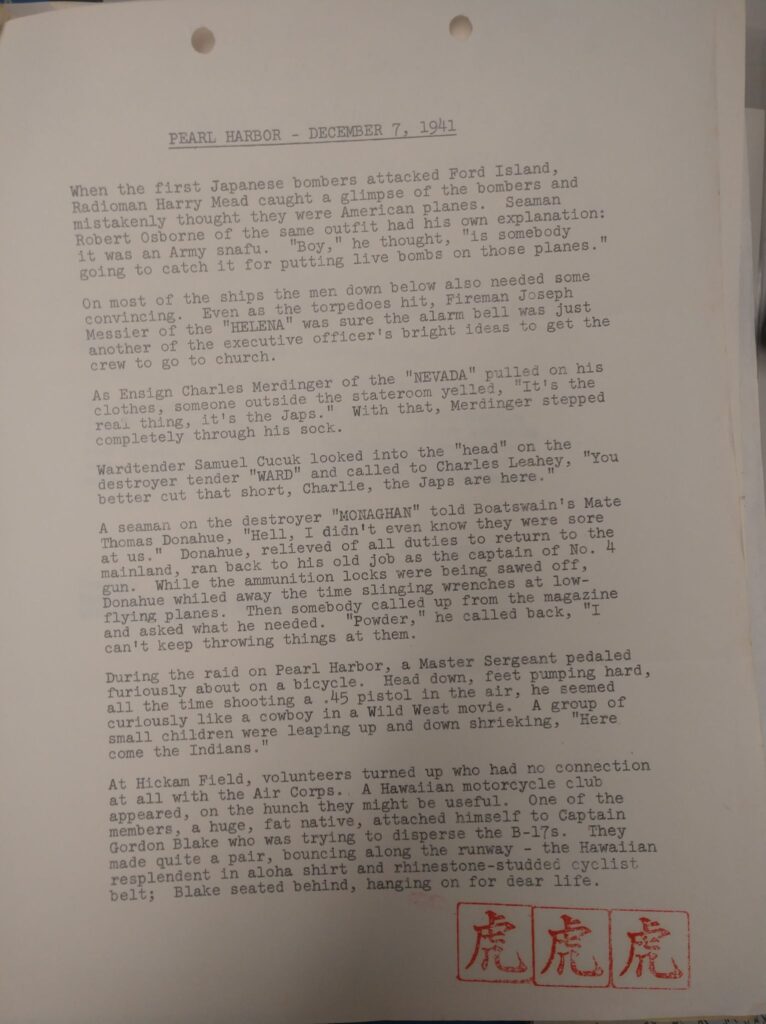

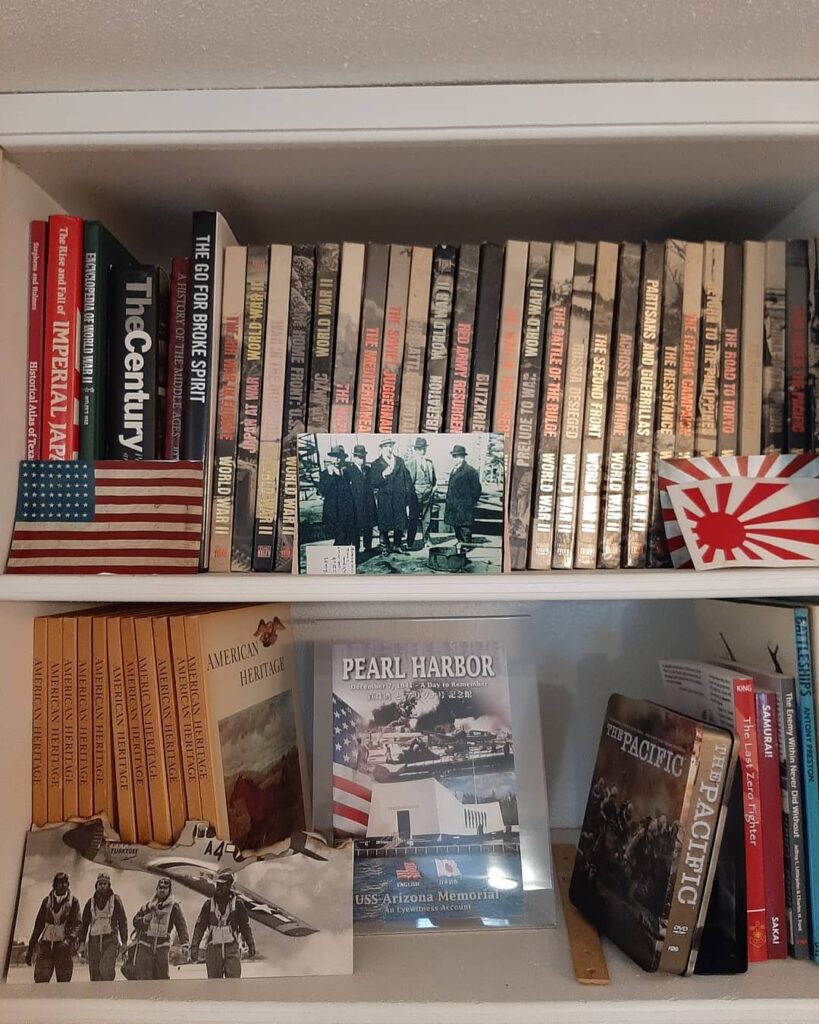
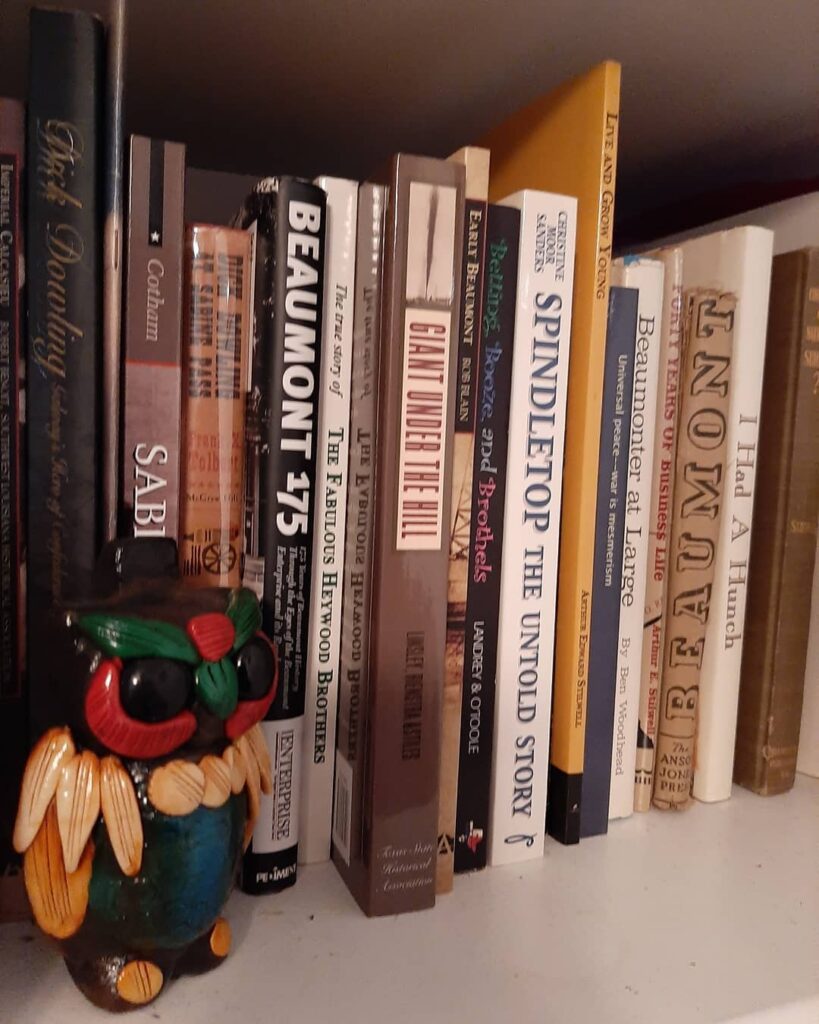
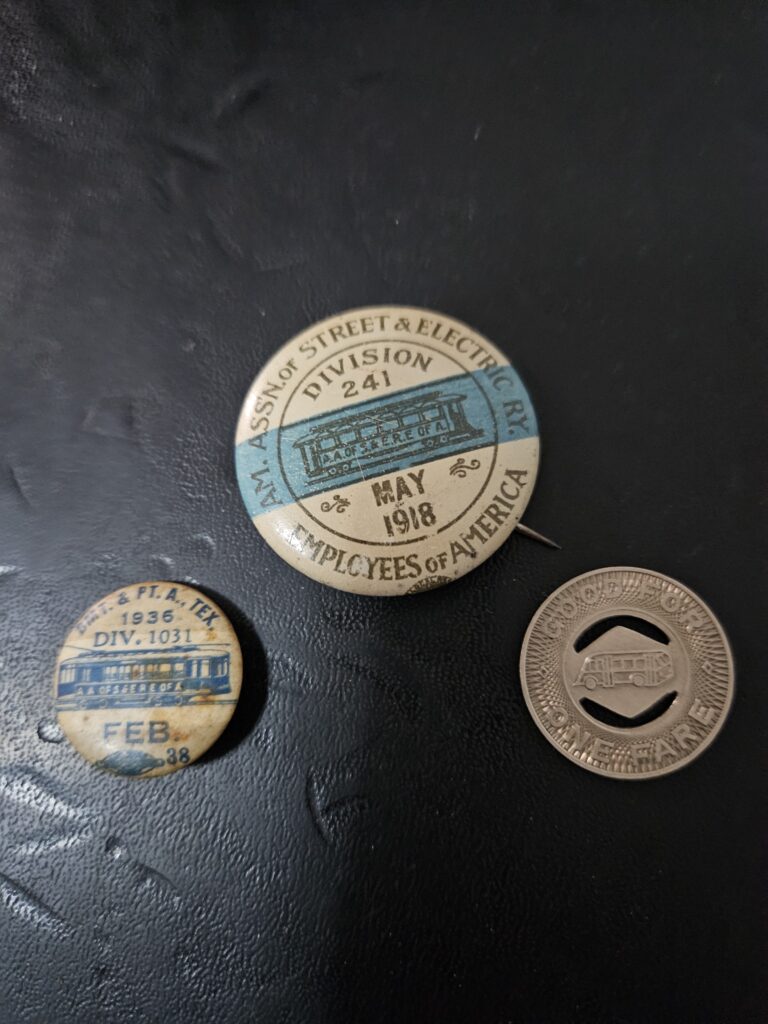
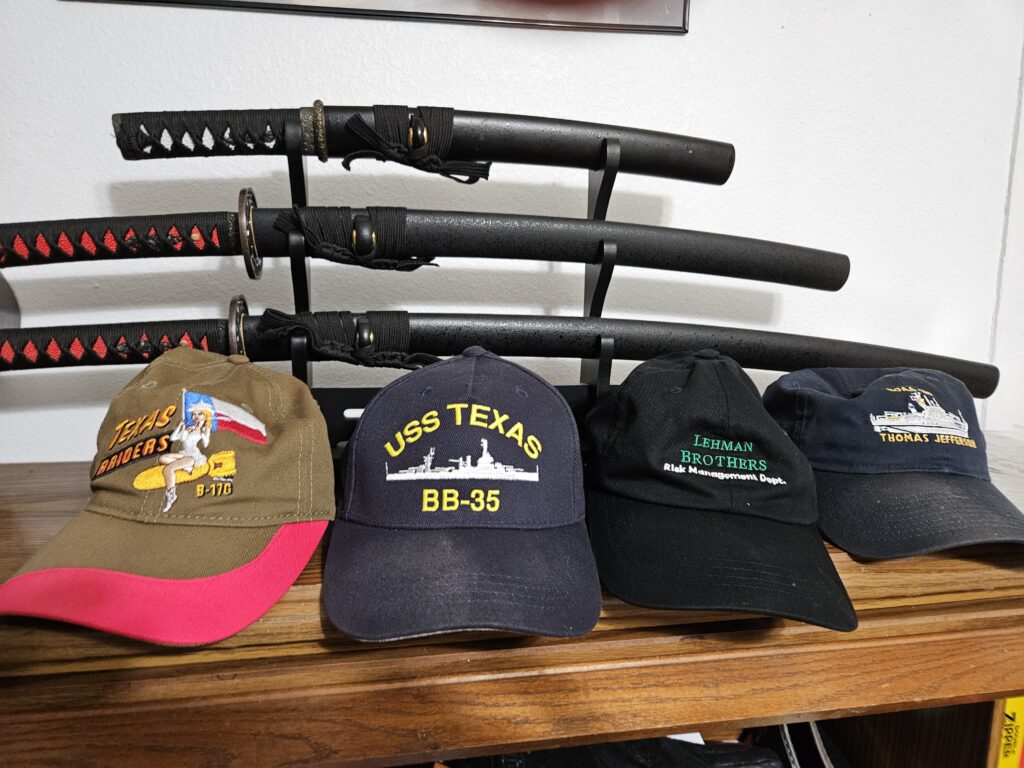
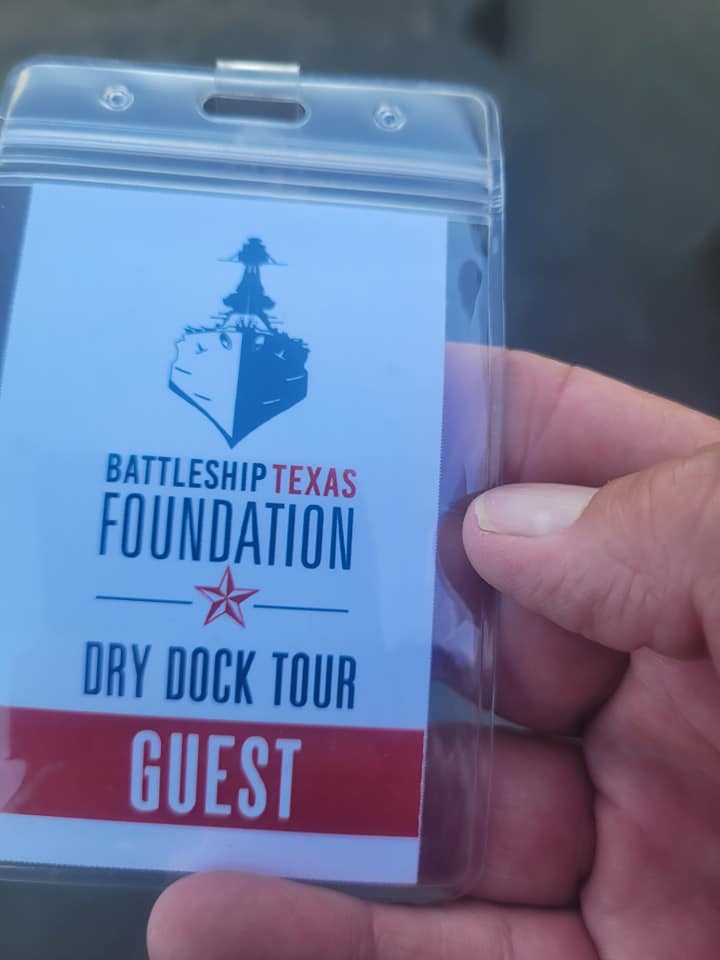
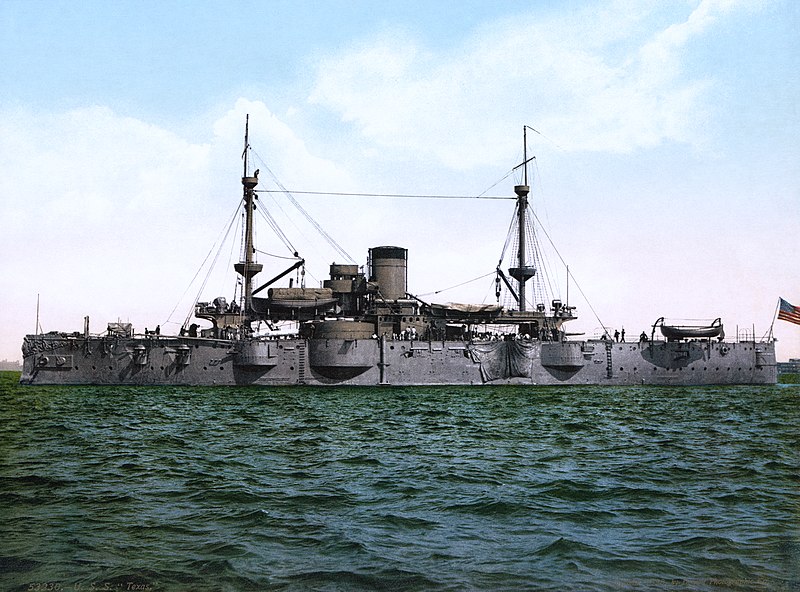

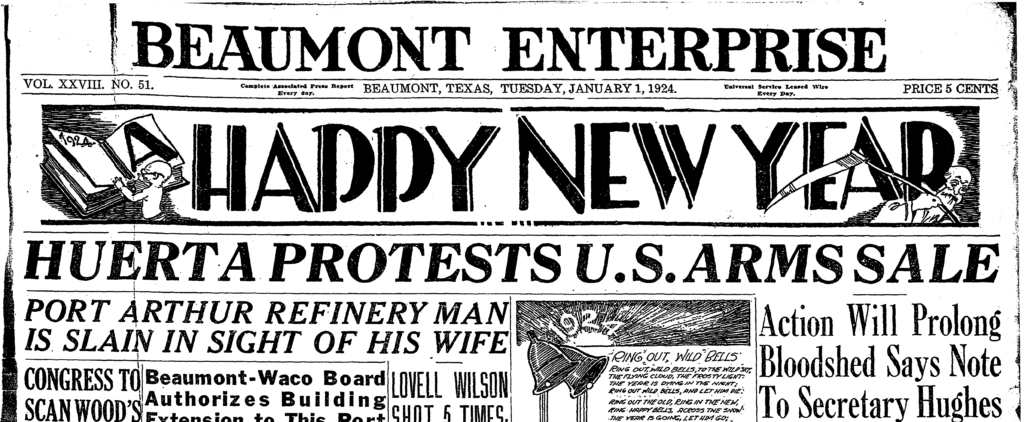


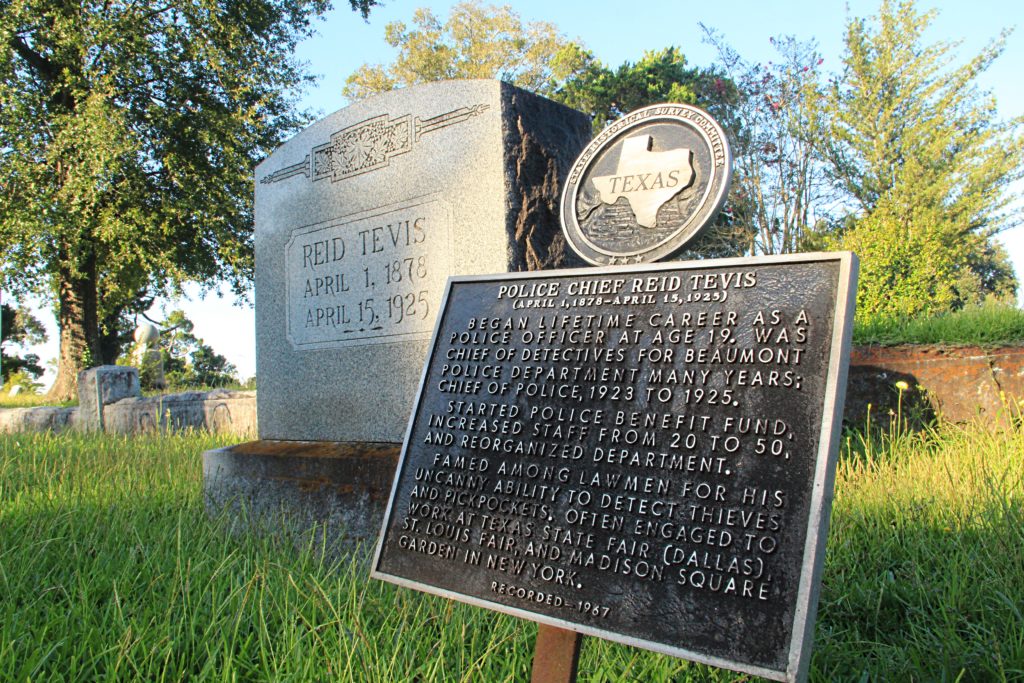



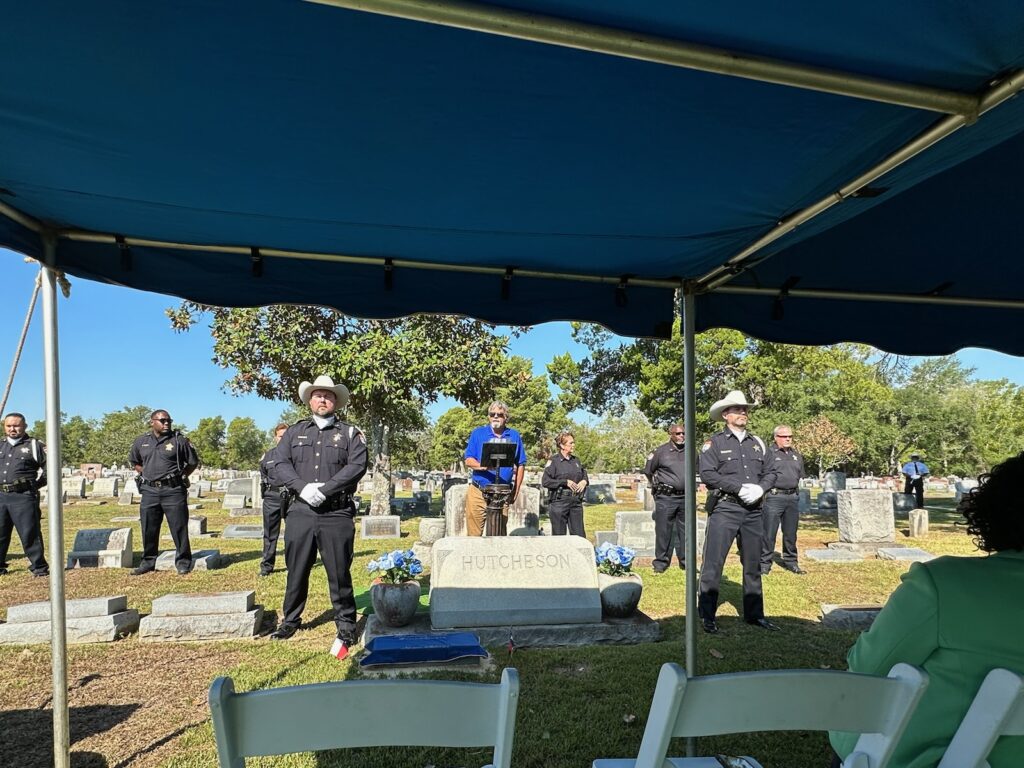
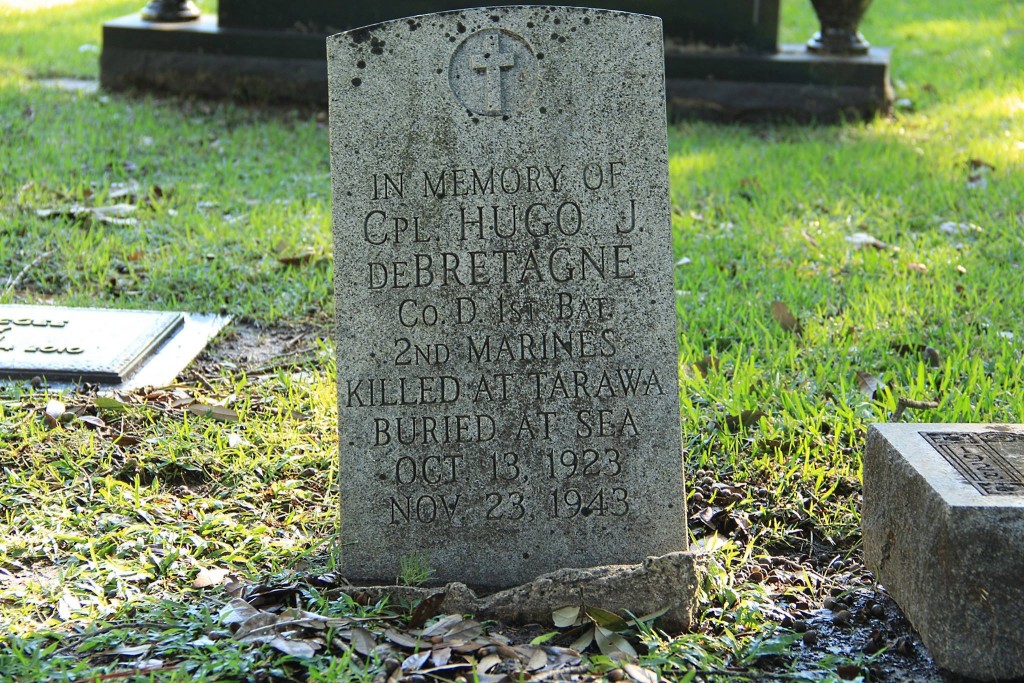
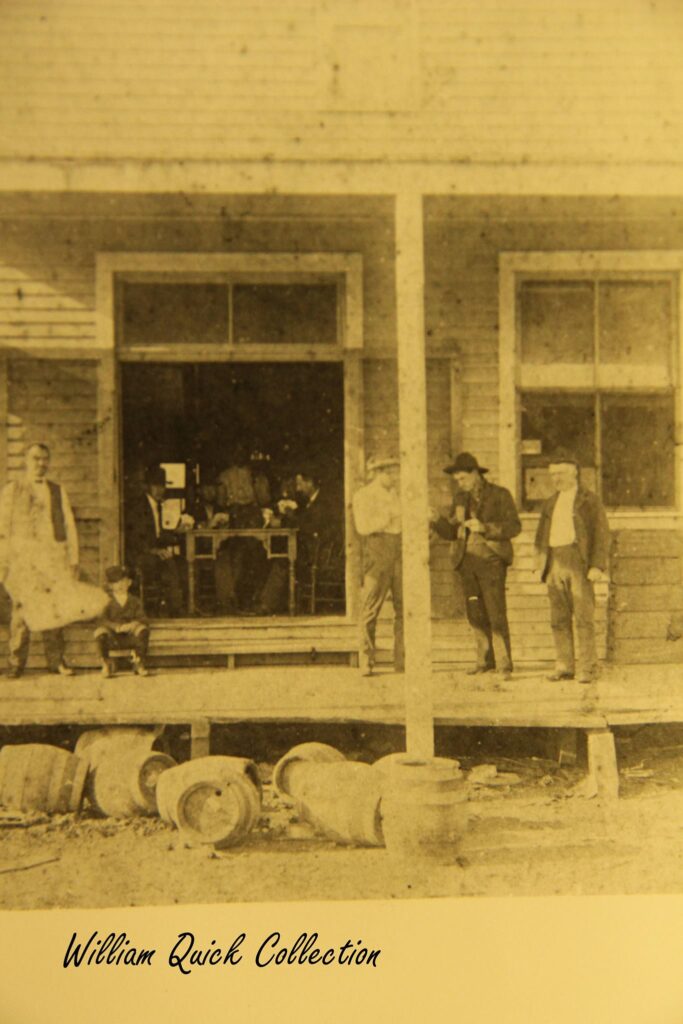
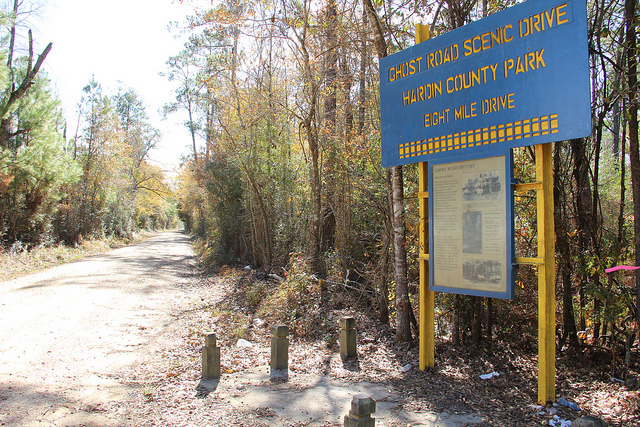

You must be logged in to post a comment.